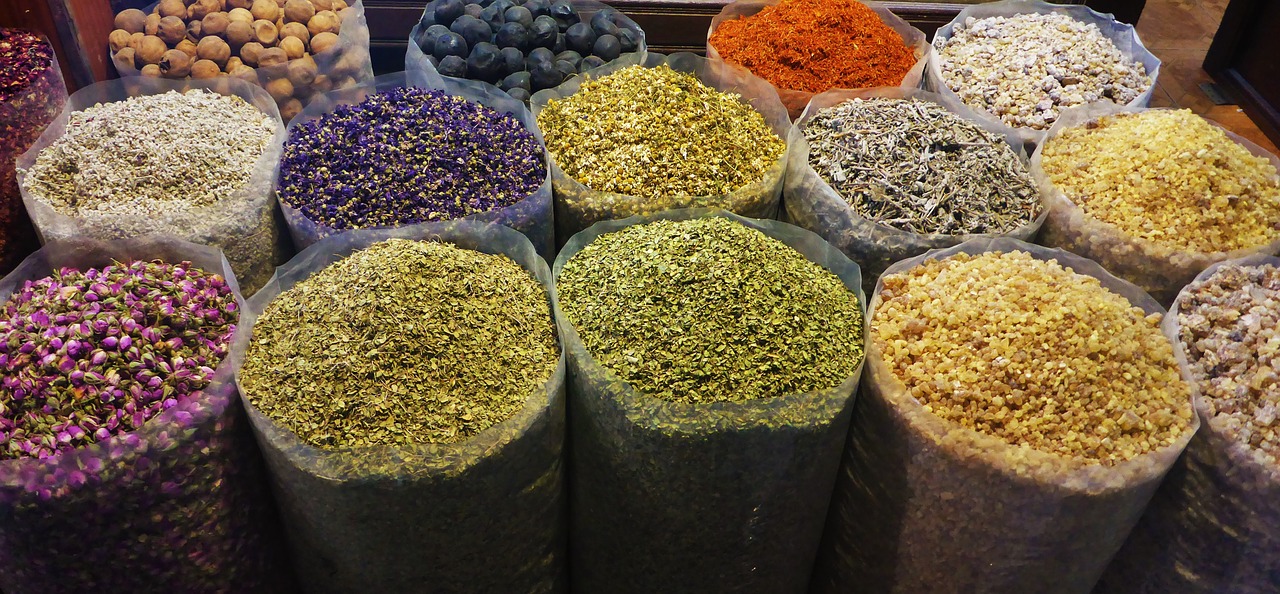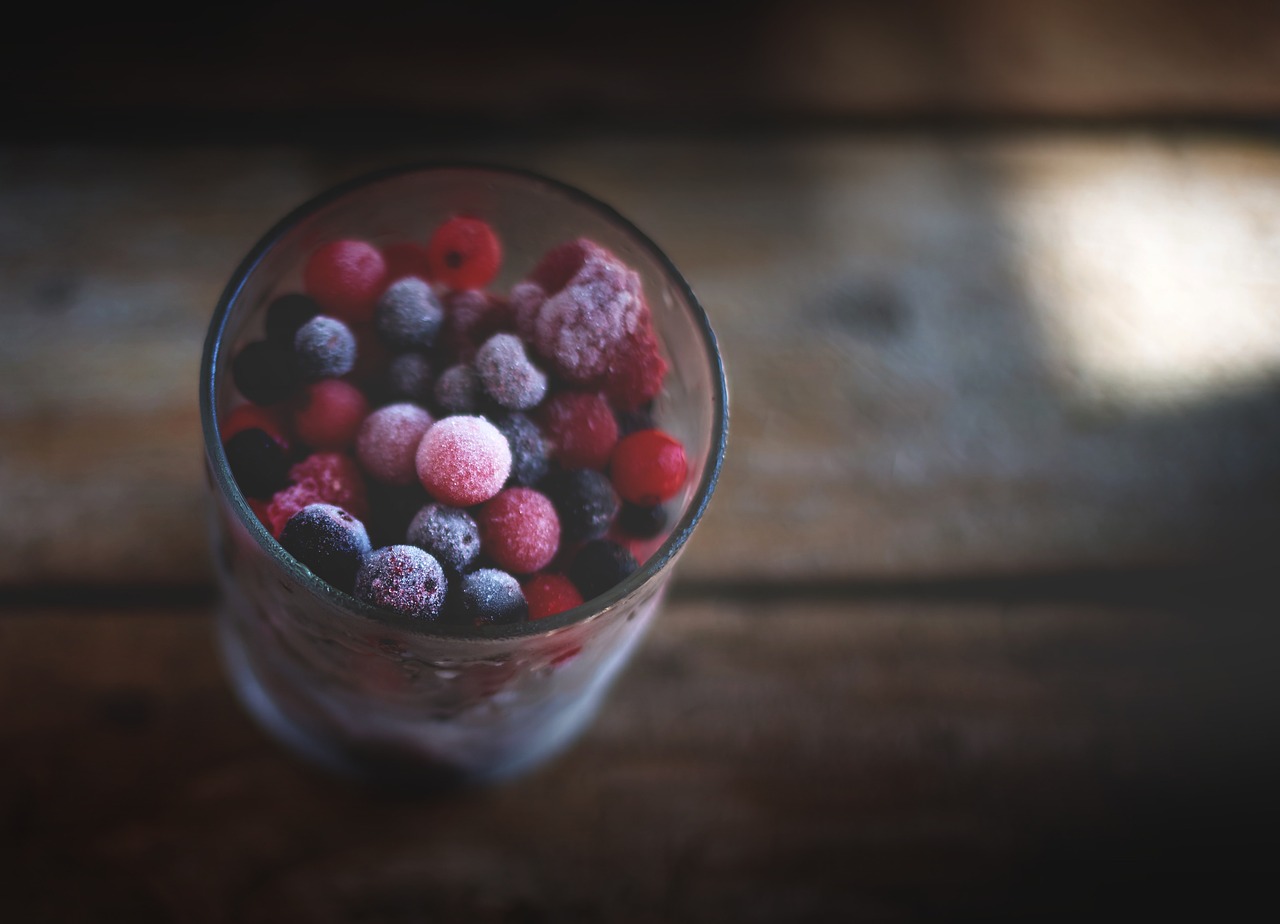Eating for Productivity: The Philosophy of The Healthy Efficient Eater
The work starts before the sun comes up, and does not stop after the sun goes down. There are many variables – your product or service, operations, distribution, marketing. Maybe you are just updating every social media account, trying to come up with clever phrases and beautiful pictures to capture at least your share of the billions of eyeballs that may be your potential customers.
For entrepreneurs, the work is the life, especially in the beginning. But life goes on. An aspiring entrepreneur working alone or with a team must still take care of basic needs. You must identify where your food, shelter and clothing will come from or you will not be able to operate.
Some entrepreneurs will order take-out for every meal. But others will want healthy options and their own quality control. Busy people look for efficiencies and productivity shortcuts that will help them improve their day by reducing or eliminating mundane daily tasks to focus on business.
The need to prepare healthy tasty meals every day is one challenge to address. For the aspiring entrepreneur who does not want to stop once or twice a day to cook a productive approach to cooking and eating is necessary. What kind of meals can be produced quickly and efficiently? And how can the meal planning be organized to reduce the strain on the entrepreneur’s time?
Time or Money
Healthy meals are available at a cost pre-made in supermarkets, by delivery services or through a personal chef. Since the aspiring entrepreneur usually does not have the money to spend on these options, a D-I-Y solution is required.
One day every two weeks, or longer depending on storage capabilities, must be spent on grocery shopping, cooking, packaging and freezing meals. While business demands are always paramount, you can consider this your day to catch up on your favorite podcasts – listen while cooking and in the car – and to exercise – lots of walking around – or connect with non-business related friends – people feel more aligned when you are doing something they normally do.
The day should not be considered wasted. More business work can also be done while food is cooking. Save short time tasks to do on cooking day when you will be working sporadically while food is prepared.
The Tools of Efficiency
Meal Planning
The idea of planning your food may sound like another unattractive task but it is actually more straightforward. At the beginning of this process, you may not know exactly which foods you are going to enjoy eating. You may want to experiment with the foods in the Meal Ideas section, and it may be a few weeks, even months when you know exactly which meals will make up your standard plan.
The weeks of experimenting will lead you to a couple of favorites which will become the food you eat every day. If you are inclined to more variety you can cook 7 different bulk meals and eat something new every day. But your challenge will still be to maintain consistency. Your efficiency comes in not having to think about what you are buying, cooking and eating.
Grocery shopping
After deciding on your meal plan, you will be buying the same food every time you go to the store or order online. You should be able to get in and out quickly. Sometimes you are unable to resist the sample tasters or a sale on something you have not tried in awhile, but keep moving through to pick up your items as quickly as possible.
If an item is missing, immediately think of a substitute. You are wasting time if you go on to another store in search of an item that can be replaced. If the item is a must have for cooking that day move on to another store to try and find it. If you have some time, order the item online for next time.
Healthy Selections
A major reason to prepare your own food is to maintain quality control by selecting with healthy nutritional foods. Just because you are working day and night on your business does not mean you should sacrifice your health. In fact it’s the opposite. You want to maintain a healthy lifestyle by eating balanced meals that contribute to your stamina and capabilities.
According to the World Health Organization (WHO), a healthy diet protects against chronic noncommunicable diseases, such as heart disease, diabetes and cancer. Further, your selections should be balanced. While fads and diets come and go every day, a healthy diet usually requires a combination of different foods. Including:
- Staples like cereals (wheat, barley, rye, maize or rice) or starchy tubers or roots (potato, yam, taro or cassava)
- Legumes (lentils and beans)
- Fruit and vegetables.
- Foods from animal sources (meat, fish, eggs and milk)
WHO’s Healthy Diet Fact Sheet also lays out the amount of each food group to eat: For adults, here’s the basic idea from the guidelines:
- Fruit, vegetables, legumes (e.g. lentils and beans), nuts and whole grains (e.g. unprocessed maize, millet, oats, wheat and brown rice).
- At least 400 g (i.e. five portions) of fruit and vegetables per day (2), excluding potatoes, sweet potatoes, cassava and other starchy roots.
- Less than 10% of total energy intake from free sugars (2, 7), which is equivalent to 50 g (or about 12 level teaspoons) for a person of healthy body weight consuming about 2000 calories per day, but ideally is less than 5% of total energy intake for additional health benefits (7). Free sugars are all sugars added to foods or drinks by the manufacturer, cook or consumer, as well as sugars naturally present in honey, syrups, fruit juices and fruit juice concentrates.
- Less than 30% of total energy intake from fats (1, 2, 3). Unsaturated fats (found in fish, avocado and nuts, and in sunflower, soybean, canola and olive oils) are preferable to saturated fats (found in fatty meat, butter, palm and coconut oil, cream, cheese, ghee and lard) and trans-fats of all kinds, including both industrially-produced trans-fats (found in baked and fried foods, and pre-packaged snacks and foods, such as frozen pizza, pies, cookies, biscuits, wafers, and cooking oils and spreads) and ruminant trans-fats (found in meat and dairy foods from ruminant animals, such as cows, sheep, goats and camels). It is suggested that the intake of saturated fats be reduced to less than 10% of total energy intake and trans-fats to less than 1% of total energy intake (5). In particular, industrially-produced trans-fats are not part of a healthy diet and should be avoided (4, 6).
- Less than 5 g of salt (equivalent to about one teaspoon) per day (8). Salt should be iodized.
The guidelines are helpful for managing the amount and types of food to buy, and serve as a reminder to include a variety of selections – especially fruits and vegetables – in the grocery list.
Since essentially every food can be frozen, you can freely select your favorites and still obtain the nutritional value weeks after purchase.
Bulk Cooking and Freezing
Efficient cooking means limiting the time spent preparing food. And to do this, the busy entrepreneur will mass produce large quantities at the same time, and freeze the food for consumption at a later date. This approach concentrates cooking into a few hours, once every two weeks (or longer), and permits the most flexibility in ensuring meals meet the entrepreneur’s own personal eating preferences.
The only pre-requisites are to have a place to cook and a freezer. Storage containers can be plastic freezer bags purchased anywhere. And re-heating, although most convenient by microwave, can actually also be on the stovetop or in the oven.
After cooking, you will break up the food into storage containers available in the freezer to eat over the next two weeks. Remember to defrost your containers a day or two before you want to eat the meal.
Efficient cooking and eating provides you with the opportunity to limit the time spent on survival tasks while still enjoying a quality home-cooked healthy meal. While your entrepreneurial dreams may eventually take you forward to the day when you can hire a private shopper and private chef to do these activities for you, for now, you at least have an efficient method for taking care of these chores on your own, until that day comes to pass.




